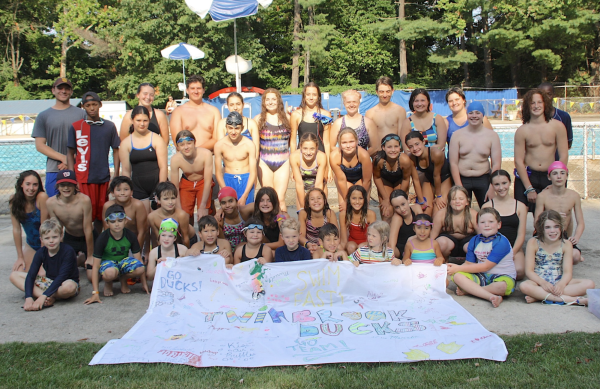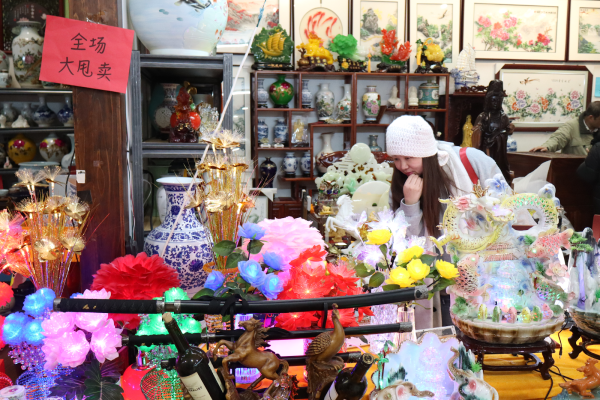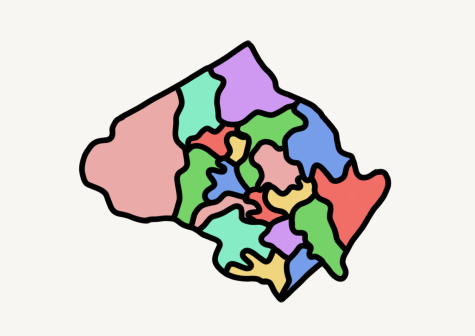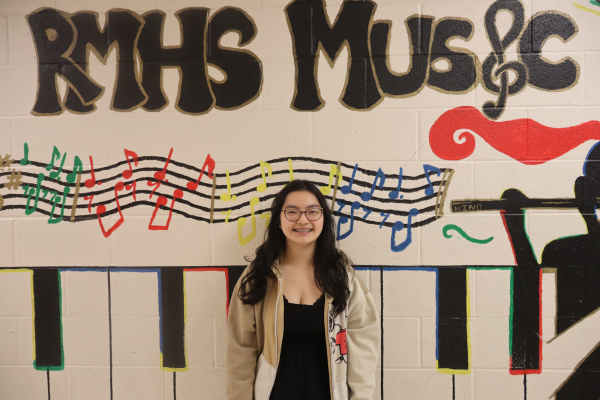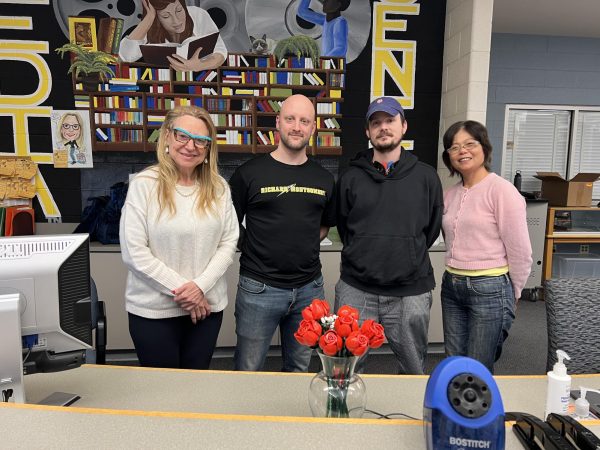January community meetings spotlight unspoken racial prejudice
On Jan. 8 and 15, students at RM met with one another during social studies classes throughout the day to hear each other’s views on racism and brainstorm strategies to make change both within and outside of school walls. Under the guidance of teachers and upperclassmen that volunteered to lead the discussions, they watched a video and discussed definitions and personal experiences.
The meetings were initially proposed three years ago when a group of students approached the Instructional Leadership Team, a group of teachers crafted for the purpose of collaboration and instruction improvement. The students asked for times to discuss the world’s most pressing issues. Unfortunately, during that time, the team rejected this proposal despite the overwhelming support of the students. This year, approval for these meetings was finally granted, and three topics were pegged: gun violence, race, and mental health.
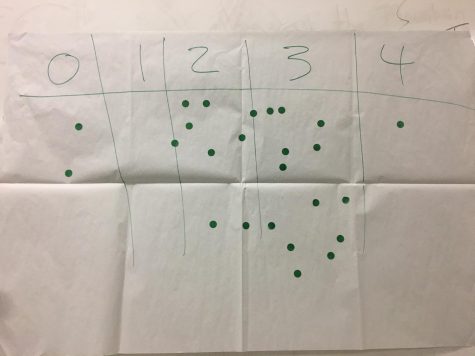
Students participated in various activities such ranking their comfort level in discussions about race.
Students also participated in a consensogram about their comfort in discussing the topic. “Most students feel mostly comfortable talking about something as sensitive as race. So, I don’t think that our discomfort is as prominent as our lack of opportunity,” said IB coordinator Nancy Shay, the leader in the coordinating efforts for the meetings. “[The students] were risk-takers who demonstrated caring towards one another and their sensitivity in the way that they discussed the issues.”
During meetings, students shared varying viewpoints on the prevalence of racism and microaggressions within the RM community. “I don’t think there is racism prevalent in our school, and that may be a result of the fact that it’s practically a cultural melting pot,” freshman Arthur Stephen said.
Students also learned a variety of concepts that they may have not encountered before such as microaggression, institutional racism, and reverse racism. However, the meetings were designed to encourage student debate, and students were free to contest these concepts. Many students especially disagreed with the idea of reverse racism. “I find this term ridiculous because reverse racism is just racism… I believe it really doesn’t need another term to describe it,” freshman Emily Wu said.
Through disagreement, students found even more opportunities to express themselves and offer new ideas to the table. “We agree to disagree sometimes… It’s about having the conversation and learning how to have civil discourse rather than just emotionally responding to one another,” Mrs. Shay said.
The meetings concluded with a brainstorming activity for solving racism, where students posed ideas such as reading books on other cultures, teaching younger students, and increasing the number of community circles. “I think that spreading awareness of the origin of these generalizations and offensive terms is the best way to get closer to ending racism,” freshman Alexandra Velez said. Students also posed ideas to help outside of school, such as reporting hateful posts on social media.
Though students had divided viewpoints on the meetings and their effectiveness, many agreed that conversations fostered by the meetings served a beneficial purpose. “Things only change when there’s a conversation, when we brings these things to light,” junior Jessica Holloway, a student moderator, said. “It takes the whole community and it takes everyone.”
These meetings were designated to have long-term effects. In March, students will tackle mental health, another issue that many students wished to discuss. “I hope that people will know that it’s okay to have the conversation… we have to hear one another,” Mrs. Shay said.
Your donation will support the student journalists of The Tide, Richard Montgomery High School's student newspaper. Your contribution will allow us to purchase equipment and cover our annual website hosting costs.


